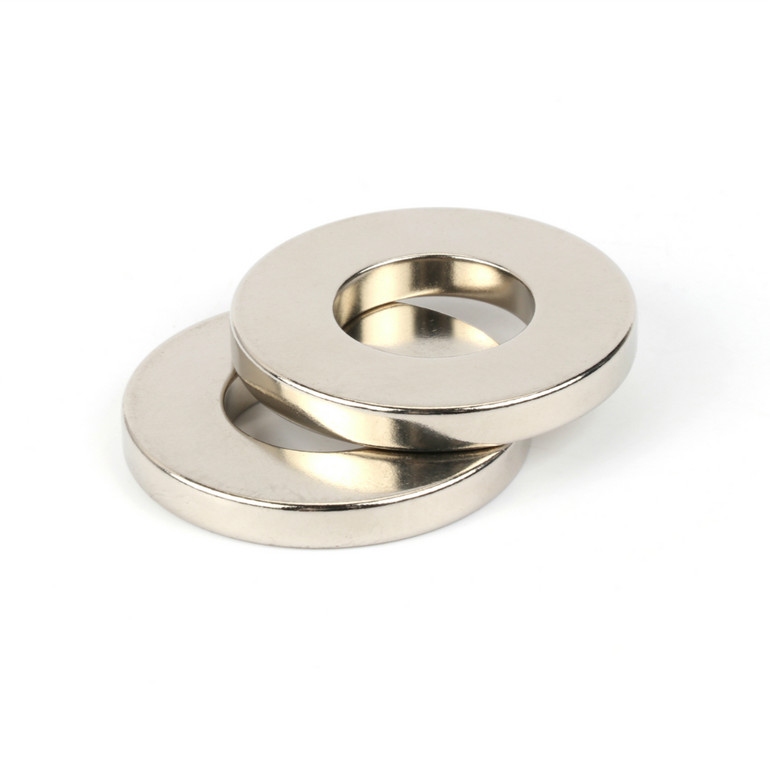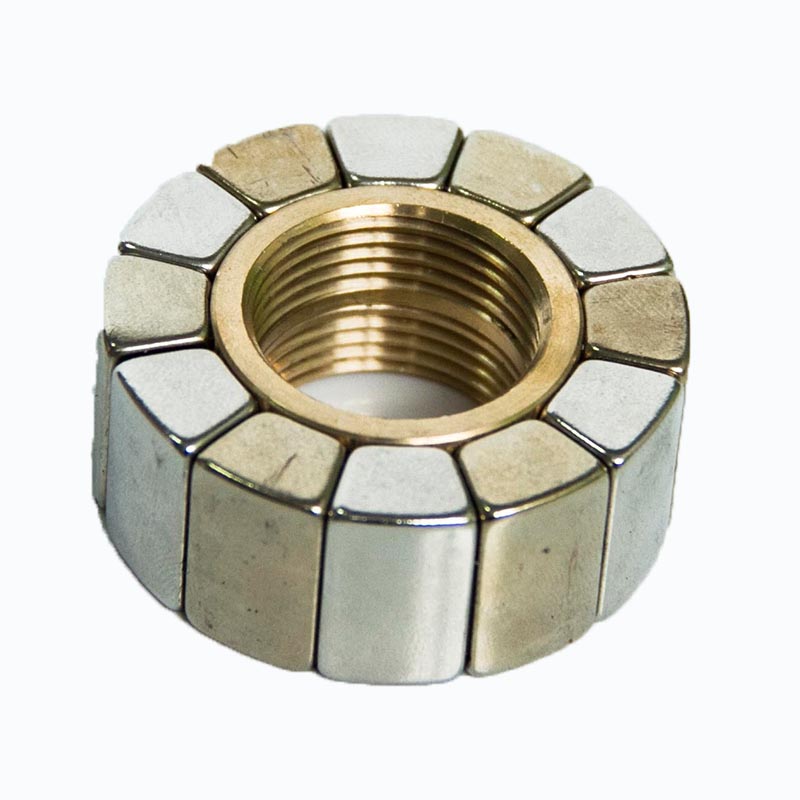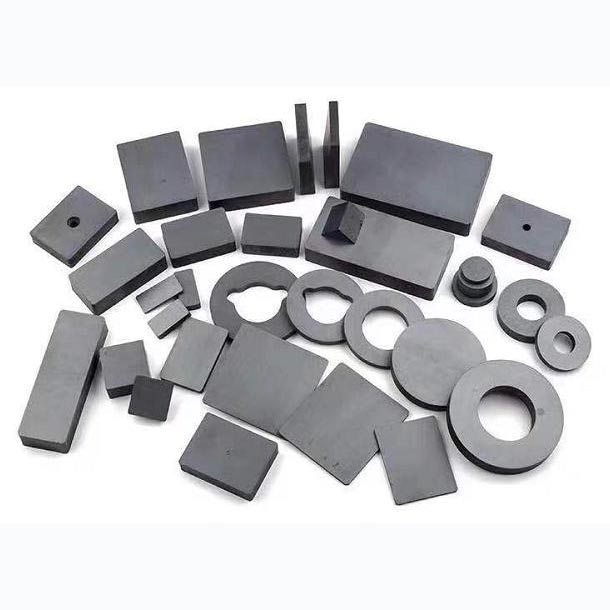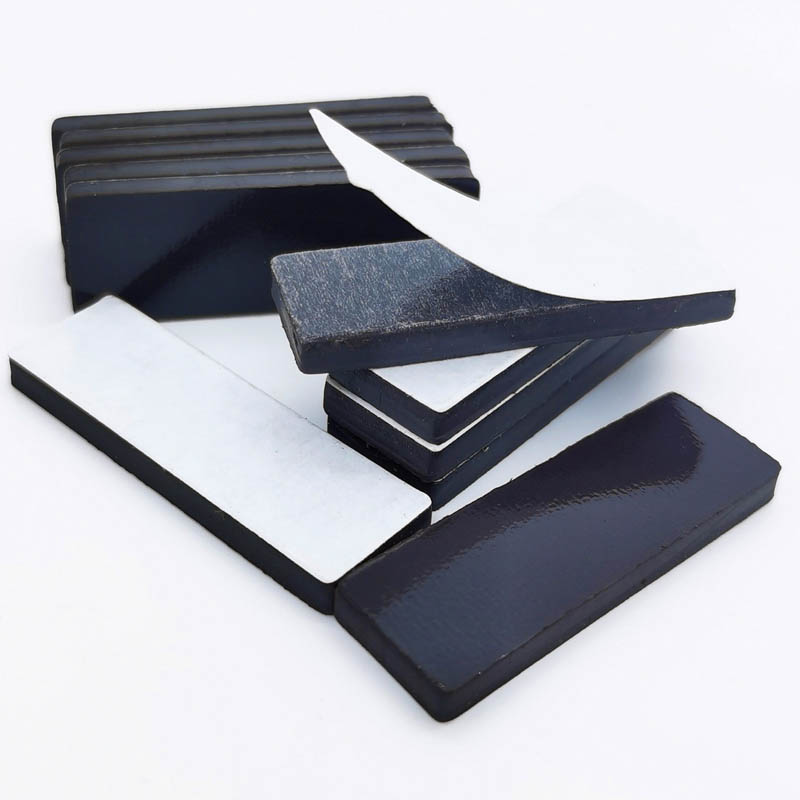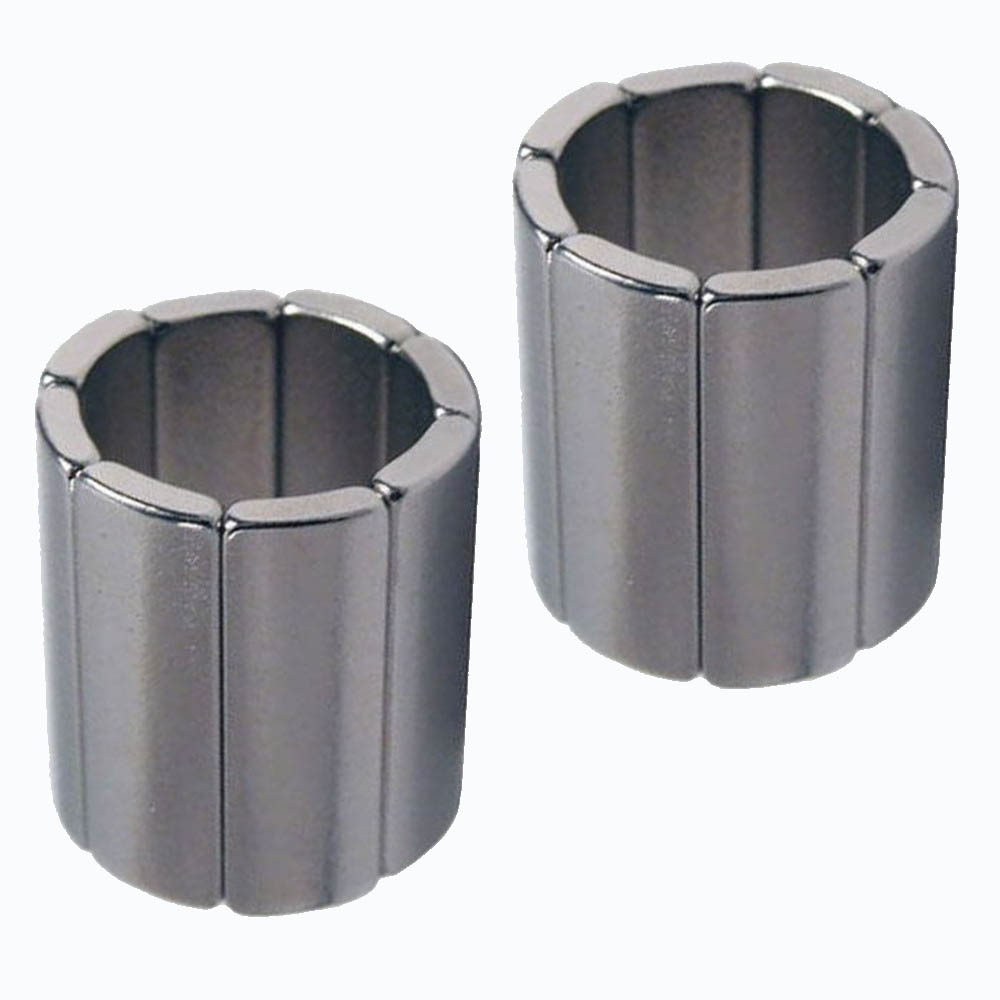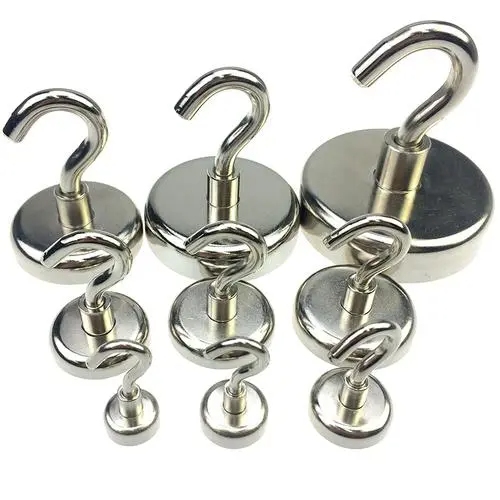Countersunk head magnets, as the name suggests, feature a unique countersunk hole design that allows them to sit flush with the surface once installed, preventing any protruding parts. This design has led to their wide adoption in various industries, from electronics to construction, and automation machinery. Their aesthetic appeal, strong functionality, and ease of installation make countersunk head magnets highly favored.

1. Features and Design of Countersunk Head Magnets
The primary characteristic of countersunk head magnets is their specially designed countersunk hole, which allows them to securely integrate with screws or other fasteners. Unlike traditional round or Square Magnets, Countersunk Magnets can provide strong magnetic force without increasing the protrusion of the surface. This design makes them particularly suited for applications where both appearance and functionality are important.
For example, neodymium (NdFeB) magnets, known for their high magnetic strength, are commonly used in high-performance devices. Neodymium magnets typically have a remanence (Br value) exceeding 1.2T, far surpassing other common magnetic materials. Additionally, they are highly resistant to high temperatures and corrosion, making them an ideal choice for demanding environments.
2. Applications of Countersunk Head Magnets
Countersunk head magnets are increasingly being used across various sectors, especially in fields that demand both aesthetic appeal and stability in constrained spaces.
Electronics Industry:
In precision electronic products such as smartphones and tablets, countersunk head magnets are frequently used to fix internal components. Not only do they provide strong magnetic force, but their flat surface design also prevents any protrusion, ensuring the electronic device maintains a sleek and refined appearance. For example, countersunk magnets are used in wireless charging modules or camera modules in smartphones, providing stable installation and reducing space requirements.
Construction and Interior Design:
In modern furniture design, countersunk magnets are widely used in hidden magnetic locks, curtain fasteners, and other fixtures. By utilizing magnetic attraction instead of traditional screws or latches, countersunk magnets offer necessary support while maintaining a clean, uninterrupted surface. Their simplicity in design also makes them an ideal choice in contemporary interior decor, especially for applications involving large glass or metal surfaces.
Automation and Machinery:
In high-precision automation systems, countersunk magnets play a crucial role in positioning and securing components. For instance, on automated production lines, magnets are used to precisely align parts, improving both production efficiency and accuracy. Compared to traditional mechanical clamps, countersunk magnets save space and reduce the complexity of the equipment.
3. Manufacturing Process of Countersunk Head Magnets
The production of countersunk head magnets involves several precise steps. From material selection to manufacturing processes and final testing, each stage requires tight control to ensure quality.
Material Selection:
Common materials for countersunk magnets include neodymium (NdFeB), aluminum-nickel-Cobalt alloys, and Ferrites. Neodymium magnets are particularly popular for their high magnetic strength and resistance to high temperatures. For special environments, such as those with high humidity or temperature, aluminum-nickel-cobalt alloys provide better corrosion resistance.
Manufacturing Process:
The production of countersunk head magnets typically involves sintering, molding, and precision machining. For example, certain manufacturers use CNC machining technology to precisely drill countersunk holes, ensuring that the magnet's mounting hole and overall dimensions match perfectly. This process requires precise control over the depth, angle, and size of the countersunk hole to ensure secure attachment to other components.
Additionally, to enhance the durability and corrosion resistance of the magnets, surface treatments like nickel-plating or zinc-coating are often applied. These treatments not only improve the longevity of the magnets but also maintain stable performance in harsh environments.
4. Market Demand and Trends
As technology advances and industries demand high-performance materials, the demand for countersunk head magnets is steadily increasing. In particular, their application in electronics and automation is growing rapidly.
According to industry reports, the global magnet market has maintained an annual growth rate of approximately 6% in recent years, and this trend is expected to continue. Within this expanding market, countersunk head magnets have become an increasingly popular choice due to their efficiency, stability, and compact design.
The rise of automation and robotics technology has also created a larger market for countersunk magnets. In the automotive industry, for instance, countersunk magnets are used in automated assembly lines and robotic equipment, where they help to precisely secure parts, reduce the need for mechanical fixtures, and increase the flexibility and efficiency of production lines.
5. Advantages and Challenges of Countersunk Head Magnets
Advantages:
One of the greatest advantages of countersunk head magnets is their "invisibility." Thanks to the countersunk design, the magnet can connect flush with the surface, eliminating the protrusion seen with traditional magnets and ensuring a cleaner, more compact design. This feature makes them especially useful in product designs where both aesthetics and functionality are key.
Moreover, countersunk magnets typically offer strong magnetic forces, capable of handling substantial loads, making them ideal for applications requiring high magnetic attraction. For example, in high-precision automation, countersunk magnets provide stable magnetic force, ensuring that parts do not shift from their intended position.
Challenges:
Despite their many benefits, countersunk head magnets also come with some challenges. First, their production process is more complex, particularly in industries requiring high precision. Manufacturing countersunk magnets with exacting tolerances for the countersunk hole, depth, and size requires advanced technology and quality control. Additionally, due to their strong magnetic properties and precise manufacturing, countersunk magnets are generally more expensive than standard magnets, which could limit their accessibility for smaller companies.
6. Conclusion
Countersunk head magnets have become indispensable components in many industries, owing to their unique design and wide range of applications. From electronic devices to automation systems, their superior performance and compact form factor provide significant advantages. As technology continues to advance and market demand rises, countersunk magnets are set to play an increasingly important role in the future of industrial development. With their ability to meet both functional and aesthetic requirements, countersunk head magnets will continue to be a valuable solution for manufacturers across the globe.




 English
English


